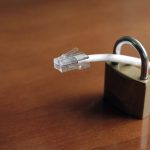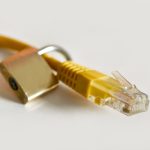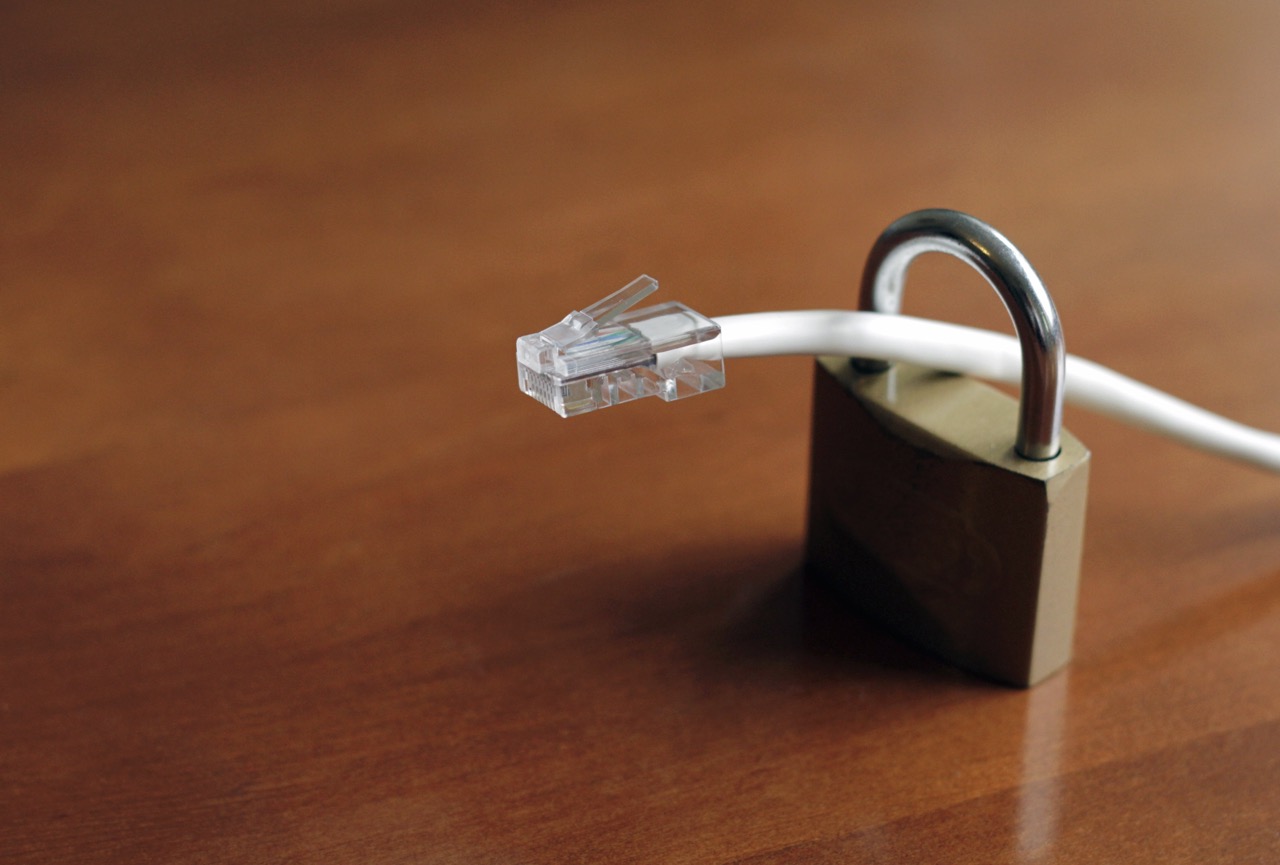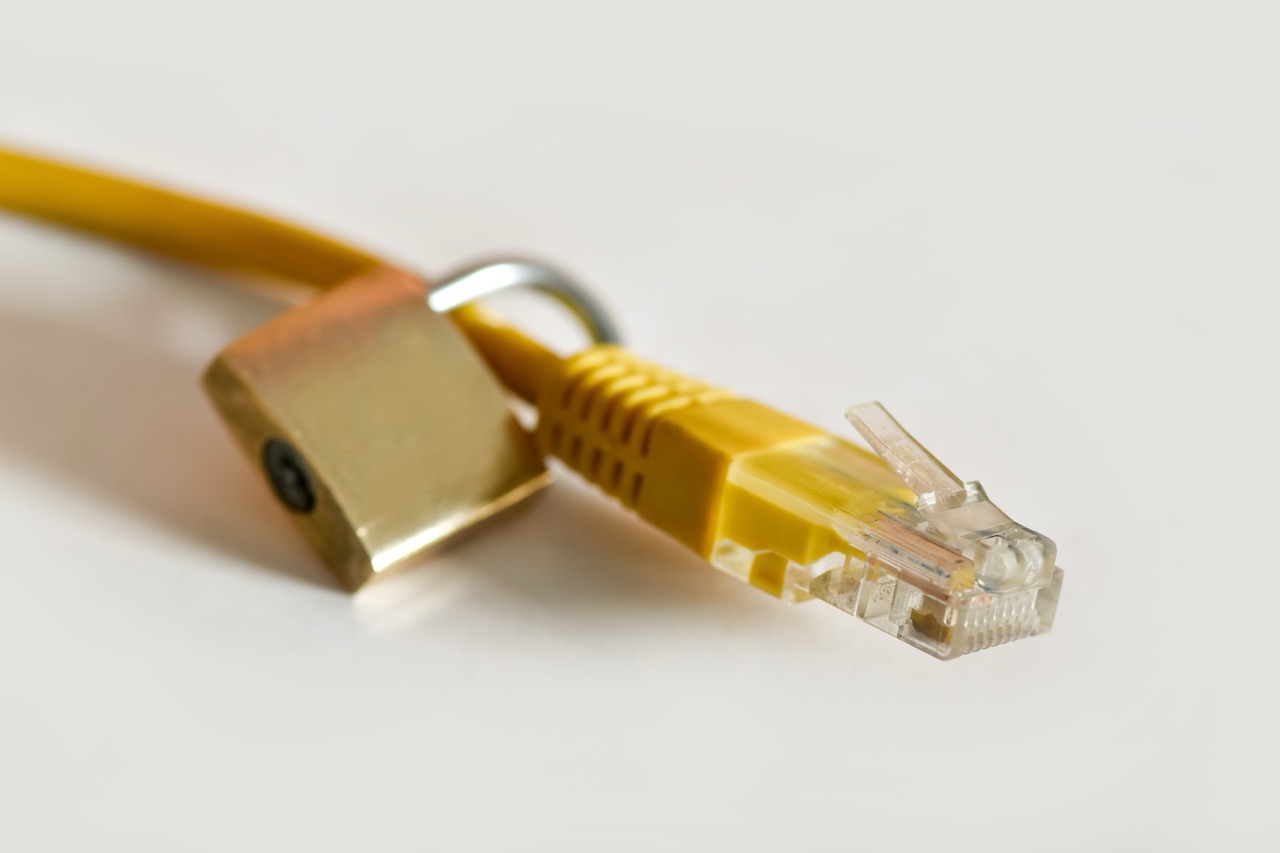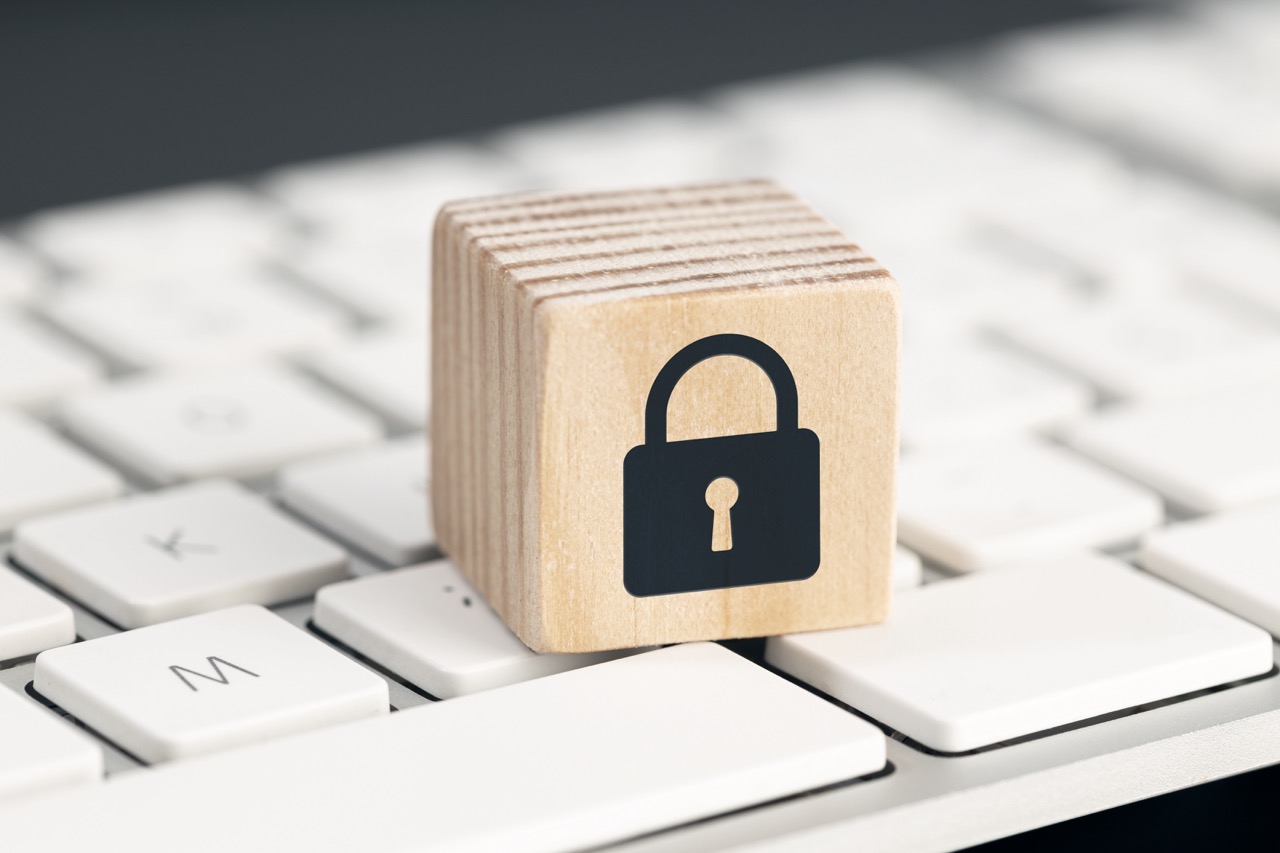As smart home devices gain popularity, they offer convenience and connectivity that were once unimaginable. However, this connectivity comes at a cost; the security vulnerabilities of these devices can expose users to potential threats. In this article, we will explore how a Virtual Private Network (VPN) can bolster the security of your smart home, ensuring that your devices function safely within your network. We will examine the risks associated with smart home technology, the role of VPNs in enhancing security, the importance of encryption, configuration tips, best practices for integration, and future trends in smart home security.
Understanding the Security Risks of Smart Home Devices
Smart home devices, ranging from smart speakers to security cameras, often rely on constant internet connectivity to perform their functions. This connectivity can make them vulnerable to cyberattacks, as many of these devices lack robust built-in security measures. Hackers can exploit weaknesses in device firmware or communication protocols, gaining unauthorized access to the network and potentially compromising personal data.
Moreover, unencrypted data transmission can allow attackers to intercept sensitive information, such as passwords or personal identification. Common attacks like Distributed Denial of Service (DDoS) can also target smart home devices, disrupting their functionality and compromising the overall security of the home network. As the number of connected devices increases, so does the attack surface, making it critical for users to be aware of the risks involved.
Lastly, the lack of regular software updates and maintenance further exacerbates security vulnerabilities. Many users do not prioritize updating their device firmware, leaving known security flaws unaddressed. This negligence can lead to significant breaches, making it essential for homeowners to implement additional security measures, such as VPNs, to safeguard their smart home environments.
Role of VPNs in Enhancing Smart Home Network Security
A VPN acts as a secure tunnel for your internet traffic, encrypting data before it leaves your device and routing it through a remote server. This encryption masks your IP address, making it difficult for hackers to identify and target your smart home devices. By employing a VPN, individuals can significantly reduce the risk of man-in-the-middle attacks and unauthorized access to the network.
In addition to improving security, a VPN can also provide users with the ability to connect to their smart home devices remotely while maintaining a secure connection. By using a VPN, users can access their home networks as if they were physically present, allowing them to monitor and control their devices from anywhere without exposing themselves to additional risks. This remote access is particularly beneficial for users who travel frequently or maintain second homes.
Furthermore, many VPN services offer advanced security features such as kill switches and DNS leak protection. These features ensure that if the VPN connection drops unexpectedly, your data will not be exposed to the internet, providing an extra layer of security. With the increasing sophistication of cyber threats, utilizing a VPN can be a critical component of a comprehensive smart home security strategy.
How VPN Encryption Protects Your Data Transmission
Encryption is the cornerstone of VPN technology, converting your data into unreadable code that can only be deciphered by authorized parties. When you transmit data over a VPN, it is encapsulated in a secure protocol, such as OpenVPN or IKEv2, which ensures that your information remains private and secure from prying eyes. This level of encryption is particularly important for smart home devices that transmit sensitive information, such as video feeds or personal information.
By encrypting the data exchanged between your devices and the internet, a VPN prevents cybercriminals from intercepting and exploiting this information. For example, if a smart camera streams video footage over an unsecured network, an attacker could easily access and manipulate this data. However, with the encryption provided by a VPN, even if someone were to intercept the data, they would be unable to discern any valuable information.
Moreover, VPN encryption also protects against ISP tracking and throttling. Internet Service Providers may monitor your online activities and prioritize or limit your bandwidth based on the type of data being transmitted. By using a VPN, smart home users can maintain their privacy and ensure that their data transmission remains unaffected by external influences, thus optimizing the performance of their smart home devices.
Configuring a VPN for Optimal Smart Home Performance
Configuring a VPN for optimal performance in a smart home setting involves careful consideration of both security and speed. First, users must select a reputable VPN provider that offers low latency and high-speed connections. This is crucial, as many smart home devices require real-time interaction, and any delay could hinder functionality. It’s advisable to choose a VPN server that is geographically close to your location, which can reduce latency and improve performance.
Once a suitable VPN is chosen, users should configure their routers to ensure that all devices connected to the smart home network are automatically routed through the VPN. Many modern routers support VPN configurations, allowing all connected devices to benefit from the enhanced security without the need for individual installations. This approach simplifies the process and ensures that even devices without native VPN support are protected.
Additionally, users should regularly monitor their VPN connection to ensure it remains stable. A drop in the VPN connection can expose smart home data to potential threats. Implementing features such as a kill switch, which disconnects the internet if the VPN is not active, can further protect against accidental exposure of sensitive information during connection outages.
Best Practices for Integrating VPNs with Smart Home Systems
To maximize the benefits of using a VPN for smart home security, users should adopt several best practices. First, it’s essential to keep firmware and software for both the VPN and smart home devices up to date. Regular updates often include important security patches that can protect against newly discovered vulnerabilities, ensuring a more secure environment for your smart home.
Another best practice is to create unique and strong passwords for each smart home device. Many users opt for default passwords, which are often weak and easy to guess. By setting complex passwords and changing them periodically, users can significantly decrease the likelihood of unauthorized access. Additionally, enabling two-factor authentication wherever possible adds an extra layer of security to critical accounts.
Finally, users should be mindful of the types of data their devices collect and transmit. Reviewing privacy settings and understanding the data practices of smart home manufacturers can help users make informed decisions about which devices to integrate into their homes. This proactive approach, combined with a VPN, creates a robust defense against potential security threats.
Future Trends: VPNs and the Evolution of Smart Home Security
As smart home technologies continue to evolve, so too will the methods for securing these devices. One trend is the increasing integration of AI and machine learning into VPN services. These technologies can enhance threat detection and response, allowing for more adaptive security measures tailored to the specific smart home environment. As AI capabilities improve, VPNs may be able to predict and mitigate potential threats in real-time, offering a more proactive approach to security.
Another anticipated trend is the development of decentralized networks that leverage blockchain technology. These networks could provide users with greater control over their data and devices by eliminating the reliance on centralized servers. By decentralizing the data flow, users may find increased security and privacy, as the risk of a single point of failure is minimized. VPNs could play a vital role in facilitating access to these networks, enhancing security for smart home users even further.
Finally, as smart homes become more prevalent, manufacturers may begin to embed VPN capabilities directly into devices. This shift would simplify the process for users, allowing them to benefit from built-in security without the need for additional configuration. As a result, the integration of VPNs into smart home devices could become a standard feature, reinforcing the importance of privacy and security in an increasingly connected world.
In summary, as smart home devices proliferate and diversify, the need for robust security measures becomes more pressing. A VPN can serve as a powerful tool in safeguarding your smart home network from potential vulnerabilities and threats. By understanding the risks associated with smart home technology, utilizing VPN encryption for data transmission, configuring a VPN for optimal performance, and following best practices for integration, homeowners can enhance the security of their connected devices. As technology continues to evolve, staying informed about future trends will be essential in maintaining a secure and efficient smart home environment.
